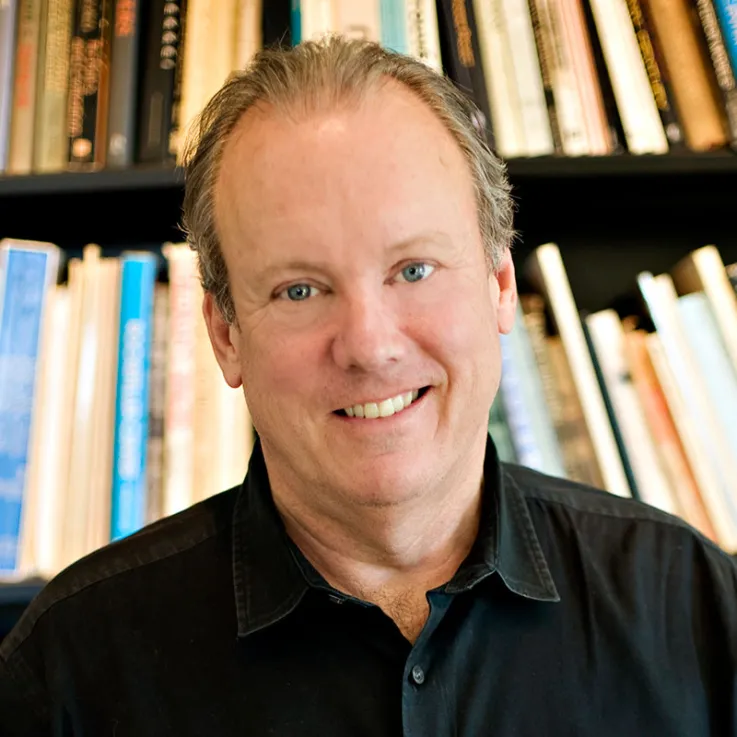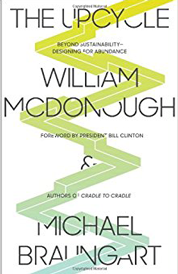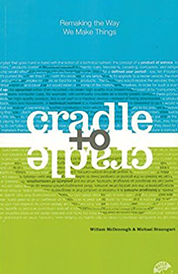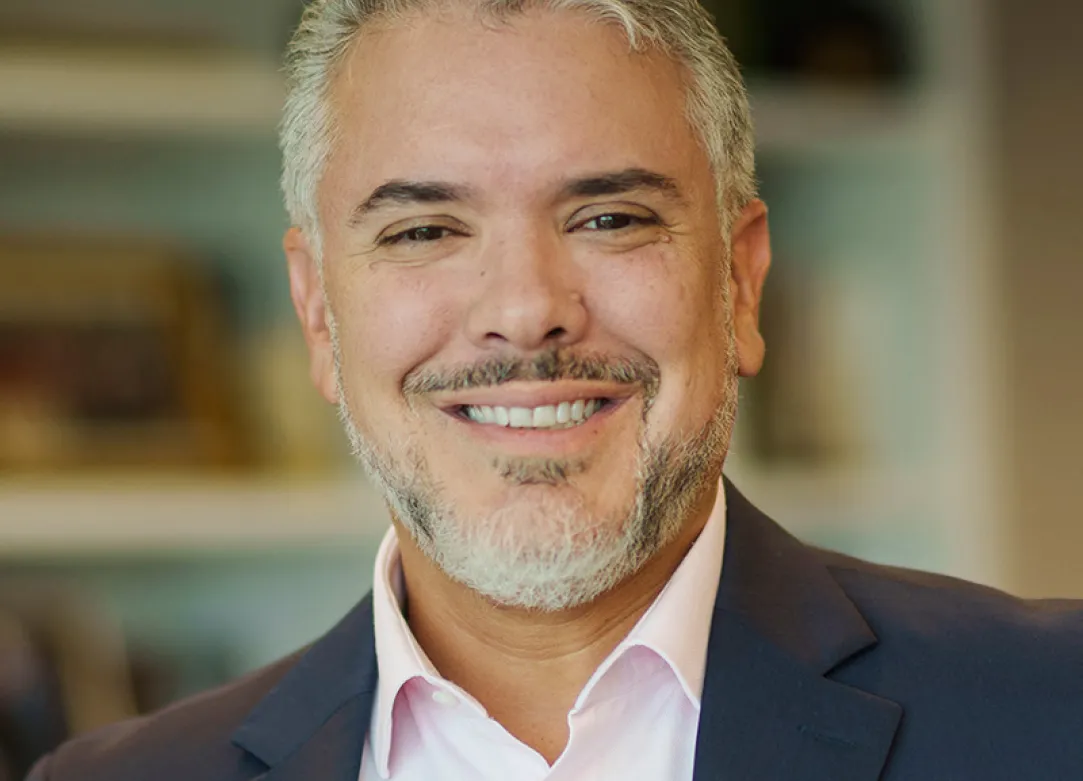William McDonough is an advisor, designer, thought leader, and author. Trained as an ar-chitect, his interests and influence range widely, and he works at scales from the global to the molecular. He is recognized globally as a leader in sustainable development. His vision for a future of abundance for all is helping companies and communities think differently. Together they are changing the world.
William McDonough is leading us into the Next Industrial Revolution—an Earth-friendly, economically-robust new stage of human industry. He has changed the way we think about the design and construction of everything, from books to buildings to entire cities, showing us—he's a doer, not a preacher—that total sustainability and economic success are one and the same.
Time magazine recognized him in 1999 as a “Hero for the Planet,” stating that “his utopia-nism is grounded in a unified philosophy that-in demonstrable and practical ways-is chan-ging the design of the world.” In 1996, McDonough received the Presidential Award for Sustainable Development, the nation's highest environmental honor, and in 2003 he earned the first U.S. EPA Presidential Green Chemistry Challenge Award for his work with Shaw Industries, the carpet division of Berkshire Hathaway. In 2004 he received the National De-sign Award for exemplary achievement in the field of environmental design. McDonough is the architect of many of the recognized flagships of sustainable design, including the Ford Rouge truck plant in Dearborn, Michigan; the Adam Joseph Lewis Center for Environmen-tal Studies at Oberlin College; and NASA’s new space station on Earth, Sustainability Base, completed in 2011.
Chair of the World Economic Forum’s Meta-Council on Circular Economy. The newly for-med Council represents the Forum’s multi-sector initiative to accelerate business-driven innovation to scale the circular economy. As stated in the charge to McDonough: “The Me-ta-Council on Circular Economy, which will be comprised of members from other Global Agenda Councils and have its own mandate and outputs, will focus on the redesign of poli-cy ecosystems needed to allow systems-level change and widespread adoption of circular models—in developed, emerging and developing regions.” The Cradle to Cradle® design framework that William McDonough co-developed is an underpinning philosophy of the circular economy and the new Council.
He has written and lectured extensively on design as the first signal of human intention. He was commissioned in 1991 to write The Hannover Principles: Design for Sustainability as guidelines for the City of Hannover's EXPO 2000, still recognized two decades after publi-cation as a touchstone of sustainable design. In 2002, McDonough and the German che-mist Dr. Michael Braungart co-authored Cradle to Cradle: Remaking the Way We Make Things, which is widely acknowledged as a seminal text of the sustainability movement.
McDonough advises major enterprises including commercial and governmental leaders worldwide through McDonough Advisors. He also is active with William McDonough + Partners, his architecture practice with offices in Charlottesville, VA and San Francisco, CA, as well as McDonough Braungart Design Chemistry, the Cradle to Cradle consulting firm co-founded with Braungart. He has co-founded, with Braungart, not for profit organiza-tions to allow public accessibility to Cradle to Cradle thinking. These include GreenBlue (2000), to convene industry groups around Cradle to Cradle issues and the Cradle to Crad-le Products Innovation Institute (2009), founded at the invitation of California Governor Ar-nold Schwarzenegger to create a global standard for the development of safe and healthy products. He and Braungart contributed the Cradle to Cradle certification program to the Institute. McDonough also co-founded Make It Right (2006) with Brad Pitt to bring afforda-ble Cradle to Cradle-inspired homes to the New Orleans Lower 9th Ward after Hurricane Katrina.





